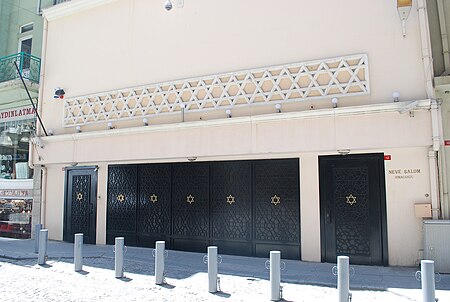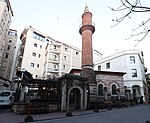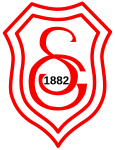Neve Shalom Synagogue massacre
1986 crimes1986 deaths1986 in Judaism1986 in Turkey1986 mass shootings in Europe ... and 21 more
1986 murders in Turkey1986 suicides20th-century attacks on synagogues and Jewish communal organizations20th-century mass murder in TurkeyAbu Nidal attacksAntisemitism in TurkeyArson in TurkeyBeyoğluDeaths by firearm in TurkeyMass murder in IstanbulMassacres in 1986Massacres in TurkeyMassacres in religious buildings and structuresMurder–suicides in TurkeyPalestinian terrorist incidents in EuropeSeptember 1986 eventsSeptember 1986 events in EuropeSuicides by explosive deviceTerrorist incidents in IstanbulTerrorist incidents in Turkey in 1986Violence against men in Europe

The Neve Shalom Synagogue massacre happened on 6 September 1986 when a group of suspected Abu Nidal Organization terrorists killed 22 worshipers inside the Neve Shalom Synagogue in Istanbul, Turkey.
Excerpt from the Wikipedia article Neve Shalom Synagogue massacre (License: CC BY-SA 3.0, Authors, Images).Neve Shalom Synagogue massacre
Büyük Hendek Caddesi,
Geographical coordinates (GPS) Address Phone number Website Nearby Places Show on map
Geographical coordinates (GPS)
| Latitude | Longitude |
|---|---|
| N 41.02669 ° | E 28.97242 ° |
Address
Neve Şalom Sinagogu
Büyük Hendek Caddesi 61
34420 , Bereketzade Mahallesi
Turkey
Open on Google Maps









